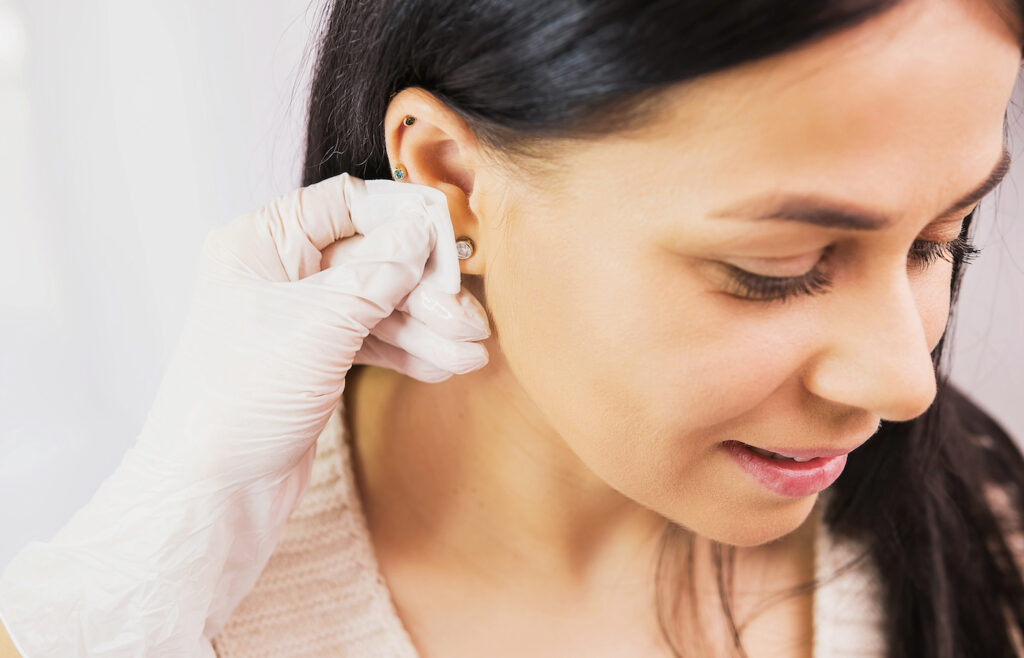Swimmer’s ear, also known as otitis externa, is an infection of the outer ear canal. It is caused by trapped water in the ear canal that creates a moist environment for bacteria to grow.
Anyone can get swimmer’s ear, but it is more common in children and people who swim frequently.
Symptoms of swimmer’s ear include:
- Ear pain, especially when the earlobe is tugged or the ear canal is pressed on
- Itching in the ear
- Feeling of fullness in the ear
- Drainage from the ear
- Decreased hearing
Treatment
If you think you might have swimmer’s ear, it is important to see a doctor to get treatment. Early treatment can help prevent the infection from worsening. Treatment for swimmer’s ear typically includes ear drops that contain antibiotics or corticosteroids. In some cases, a doctor may also prescribe pain medication.
Prevention Tips:
- Dry your ears thoroughly after swimming or showering. You can use a towel to gently dry the outer ear, and then tilt your head on each side to allow water to drain out of the ear canal.
- Use ear drops after swimming, especially if you are prone to swimmer’s ear. Talk to your ENTOne Provider about the best use of ear drops to prevent swimmer’s ear this summer.
- Avoid putting cotton swabs in your ears. Cotton swabs can push wax deeper into the ear canal, which can trap water and increase your risk of swimmer’s ear.
- Wear earplugs when swimming in polluted water.
Disclaimer: This is general information and not a substitute for professional medical advice. All advice and suggestions offered via the website or newsletters should be discussed with a physician prior to being implemented. Always consult a physician for specific guidance, especially if you have any pre-existing conditions. SurgOne, PC and ENTOne PC are not liable for any adverse reactions that may occur by implementing advice or suggestions that appear here.






